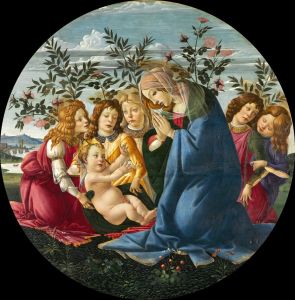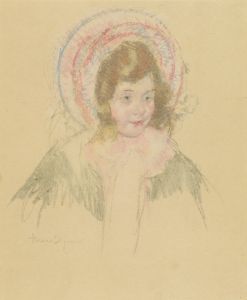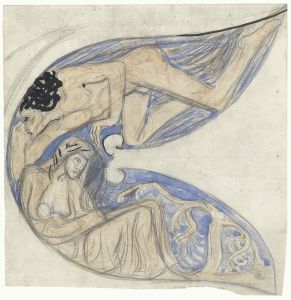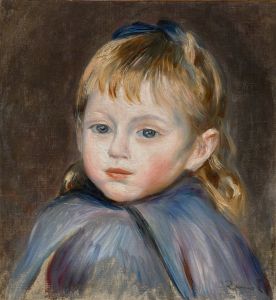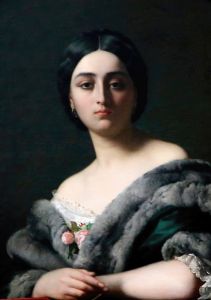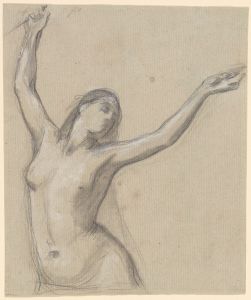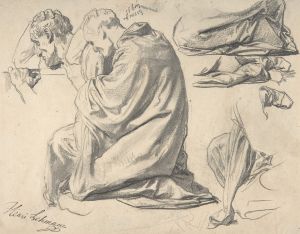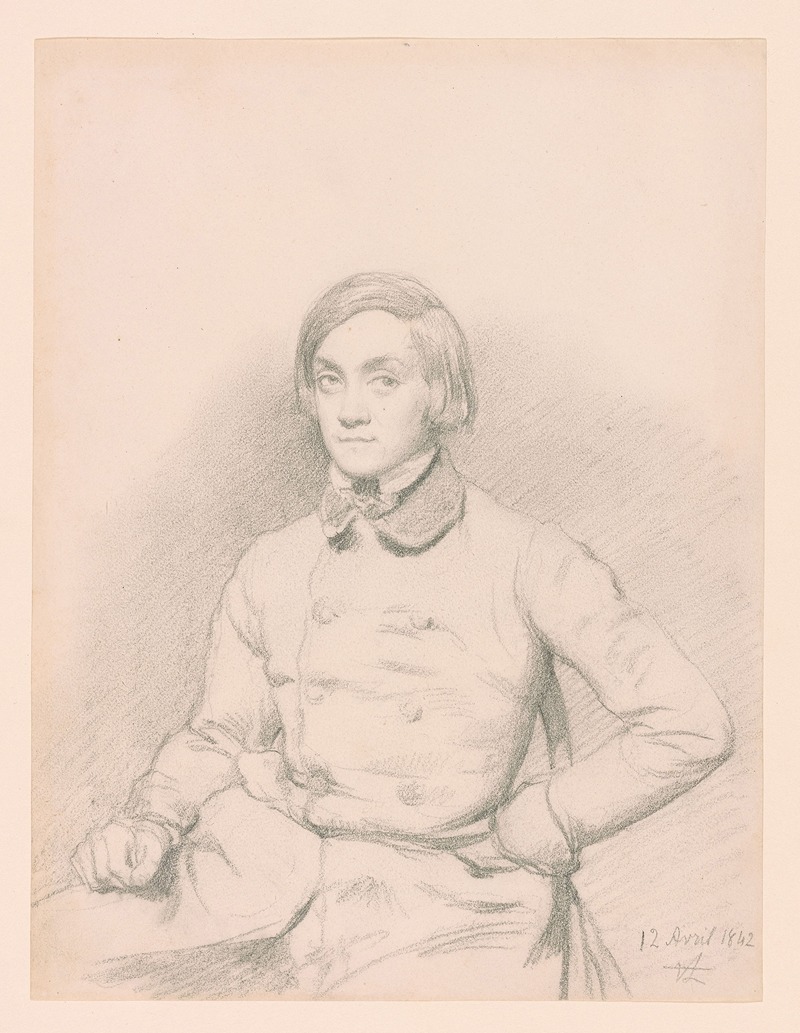
Portrait of the Son of the Vicomte Perthuis de Laillevault
A hand-painted replica of Henri Lehmann’s masterpiece Portrait of the Son of the Vicomte Perthuis de Laillevault, meticulously crafted by professional artists to capture the true essence of the original. Each piece is created with museum-quality canvas and rare mineral pigments, carefully painted by experienced artists with delicate brushstrokes and rich, layered colors to perfectly recreate the texture of the original artwork. Unlike machine-printed reproductions, this hand-painted version brings the painting to life, infused with the artist’s emotions and skill in every stroke. Whether for personal collection or home decoration, it instantly elevates the artistic atmosphere of any space.
Henri Lehmann's "Portrait of the Son of the Vicomte Perthuis de Laillevault" is a notable example of 19th-century portraiture, reflecting the artistic style and cultural context of its time. Henri Lehmann, a German-born French painter, was recognized for his portraits and historical scenes, and he was an influential figure in the French art scene during the 19th century. He was a student of Jean-Auguste-Dominique Ingres, one of the most prominent Neoclassical painters, and Lehmann's work often reflects the precision and clarity associated with Ingres' style.
The portrait in question depicts the son of the Vicomte Perthuis de Laillevault, a member of the French nobility. Although specific details about the identity of the son or the vicomte himself are not widely documented, the painting serves as a representation of the social and cultural milieu of the French aristocracy during this period. Portraits of this nature were often commissioned to emphasize the status, wealth, and lineage of the subjects, and they played a significant role in the preservation of family heritage.
Lehmann's technique in this portrait is characterized by meticulous attention to detail, a hallmark of his training under Ingres. The use of light and shadow, as well as the careful rendering of textures, such as fabric and skin, demonstrate Lehmann's skill in capturing the likeness and personality of his subjects. The composition of the portrait likely adheres to the conventions of the time, focusing on the upper body and face of the subject, allowing the viewer to engage directly with the individual's gaze and expression.
The historical context of the painting is significant, as it was created during a period of considerable change in France. The 19th century was marked by political upheaval, including the aftermath of the French Revolution, the rise and fall of Napoleon, and the eventual establishment of the Third Republic. During this time, the role of the aristocracy was evolving, and portraits such as this one served to reinforce traditional values and the continuity of noble families amidst societal changes.
Lehmann's work, including this portrait, contributes to our understanding of the artistic and cultural landscape of 19th-century France. His ability to convey the dignity and character of his subjects ensures that his portraits remain valuable historical documents, offering insights into the individuals and the era they inhabited. While specific information about the son of the Vicomte Perthuis de Laillevault may be limited, the painting itself stands as a testament to Lehmann's artistic legacy and the enduring appeal of portraiture as a means of capturing human identity and history.





